Perkins&Will’s Brent Capron asks: how do you draw staff back into the office when they no longer need to?
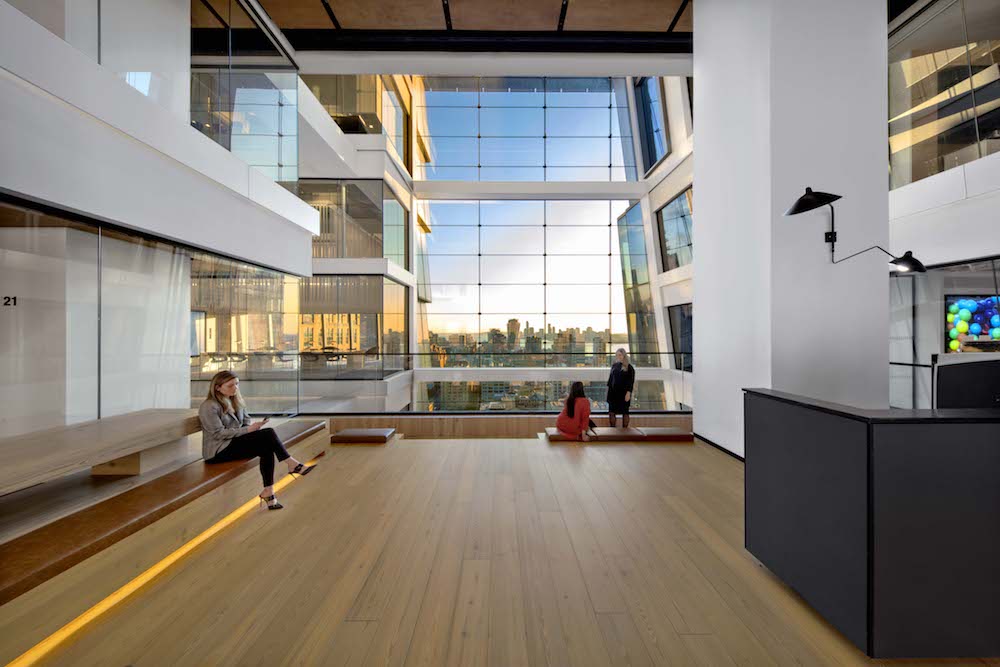
It’s been nearly a year since the world changed and non-essential workplaces shut down, with office employees sent home to work remotely. Over the last 10 months, we’ve all been tasked with adjusting to a “new normal”, transforming our homes into offices, gyms, restaurants, and so much more. Our coffee breaks have become laundry breaks, our lunch hours have been a chance to get in that workout, and our happy hours, like most other socializing and collaboration have gone virtual. While there have been many silver linings to the work-from-home lifestyle, as the pandemic continues to keep non-essential workplaces shuttered, there is also a palpable sense of anticipation for a future where social distancing refers to Instagram breaks only.
This is a ‘sticky’ period as the world collectively adjusts to a more permanent hybrid work model, including our very own New York studio, as we move into our new headquarters at 1250 Broadway in Manhattan. From clients, and from our own staff, we’ve both heard common grievances and stories of success as employers’ experiment with new systems, technologies, and spaces. The workplace has become – now more than ever – a laboratory to learn what works, and what does not.
For companies, this period of experimentation presents challenges, of course, but also big opportunities. And as architects and designers, it is our job to help them recognize these possibilities for positive change to their workplace.

The office is still essential – but it’s an experience
Staying at home to stop the spread is non-negotiable – but remote work cannot replace the office forever. Too many great ideas are sparked through spontaneous conversations or in-person collaboration to dismiss the workplace environment entirely. Plus, for some organizations who rely on physical materials and hands-on environments to complete our work, it’s a necessity to have space and storage available. So is privacy, soundproofing, and high-quality technologies with support readily available. What isn’t essential however, is static workstations or desks, the entire workforce being present simultaneously, or gargantuan corporate offices.
Instead, corporate offices can think about occupying more efficient, higher impact spaces in a significantly more upscale and experiential environment. You can look to pre-pandemic work on Guardian Life’s headquarters in the Hudson Yards for a very forward-thinking example of this principle in practice. Hospitality-inspired amenities and employee comfort were included at the forefront of the planning and design process – resulting in a full cooking kitchen, a multi-purpose town hall, tech bars, broadcast spaces, and expansive views overlooking the New York cityscape. For employees who have settled into a comfortable remote work routine, providing an incomparable experience and fostering a strong culture will be paramount to encourage an exciting yet comfortable transition back into the office.
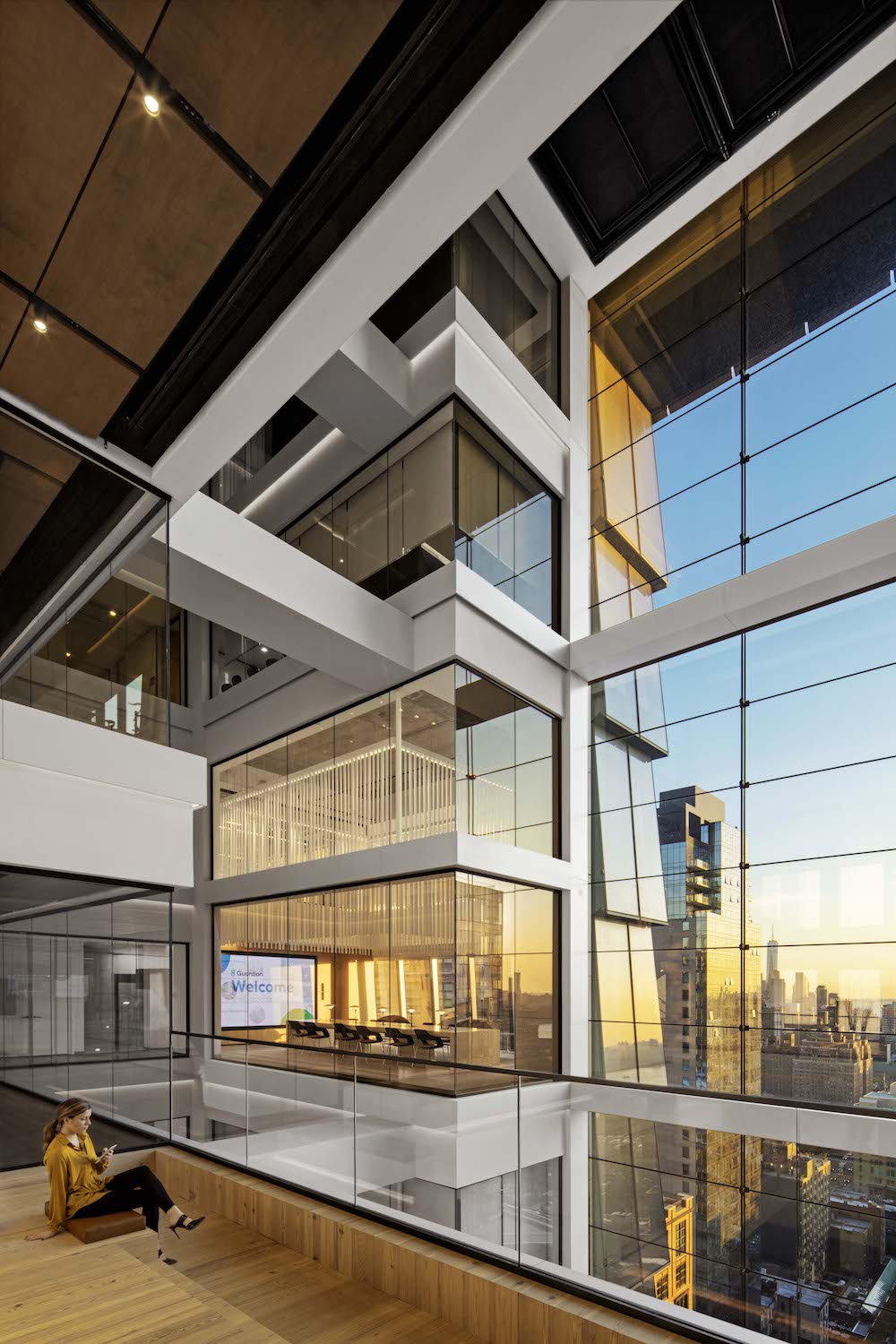
The office is a place to see and be seen – and to progress
As social and visual creatures, it should be no surprise that many of us have been seeking opportunities to get a little bit dressed up or spend time with people outside of our immediate household. While individual work can be achieved at home, the office’s purpose will pivot to a mostly social space that hosts significant occasions or meetings – from town-halls to leadership summits – that strengthen corporate culture in a meaningful way. In an era where remote work is now the norm, high value offices will be about defining the company’s internal brand in a tangible way and building a sense of belonging amongst staff.
In addition, physical office space will become a vehicle for career progression and an important place to see and be seen by management and other senior employees. Though the virtual world is ever-expanding, it can only capture what we put into it, particularly when it comes to documenting our creative process or demonstrating the multiple steps towards completing a project. It simply cannot match the role of an active mentor, or the learning that new or junior employees experience by working in tandem with more senior colleagues. There’s a tangible benefit to witnessing the often winding and messy process that precedes an innovative piece of work. It’s not the traditional way we might envision mentorship, however the office we return to won’t be traditional either.
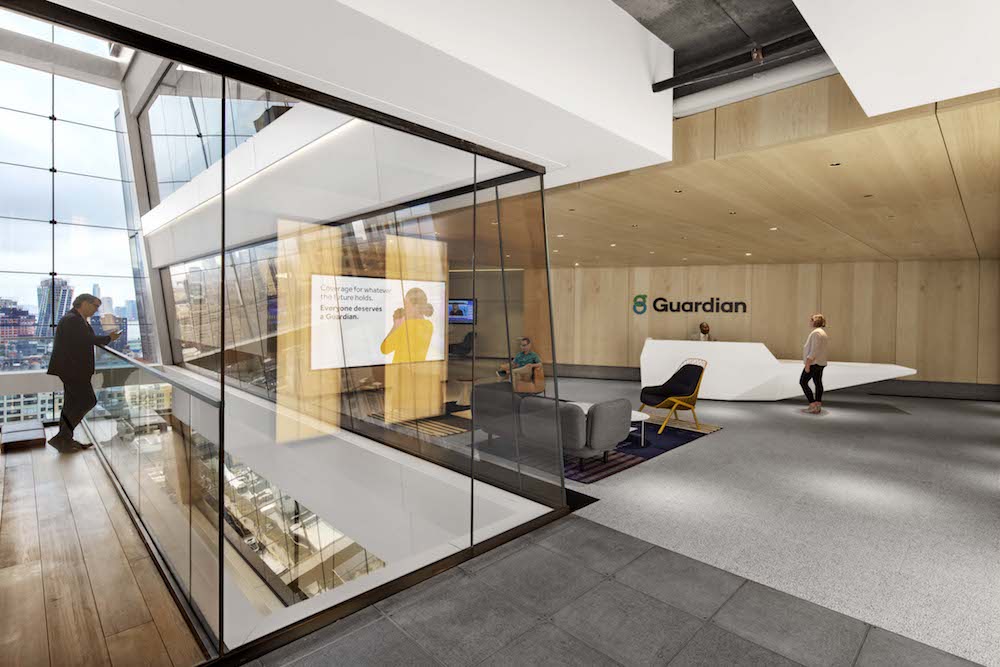
The office is agile, flexible, and has options
We might be currently daydreaming about our return to the office, but there will inevitably come a time when our commutes feel tiresome again, earlier wake-ups feel restrictive, and the luster of being back in office will fade. It is also important for employers to recognize that employees all come from diverse life experiences and have varied personal situations, meaning that the appetite to return to office will not be consistent.
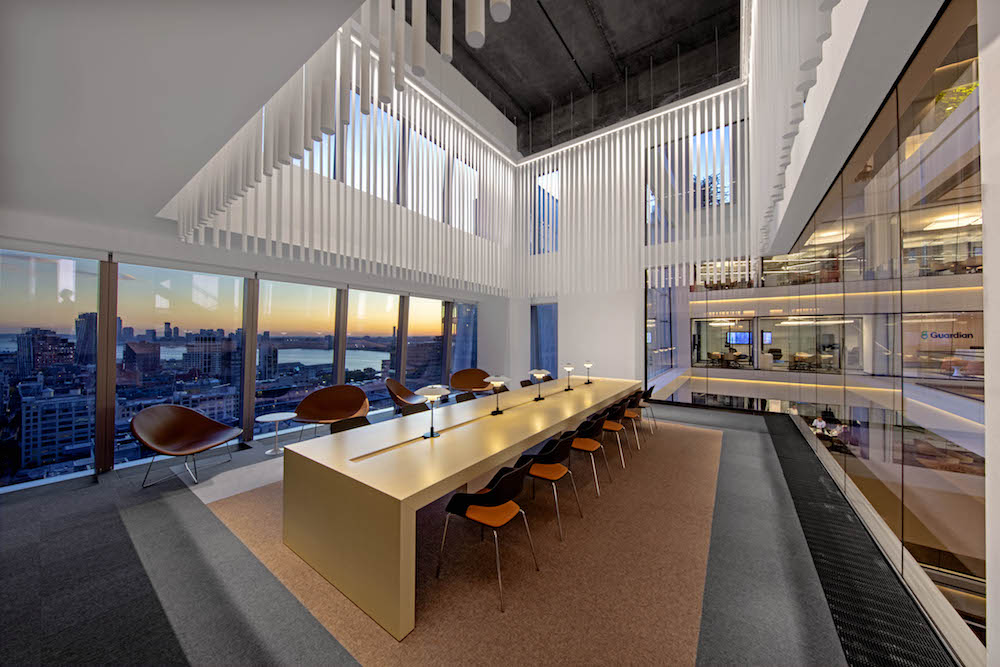
If employees are able to work both remotely and from the office, and employers have shifted to smaller but more upscale spaces, it is unlikely that having individual desk ownership or assigned seating will be part of our new way of working. Still, employees will want to rest assured that they will always have somewhere to work when needed, that they can leave their materials at the office when they want to, but that they aren’t stuck using the ineffective hoteling method. Instead, employers can look to set practical guidelines to share the space that ensure everyone’s needs are met. This could mean a no “clean up” policy for employees who are in office for three consecutive days, whereas employees who are using a workstation for an afternoon must take their materials home with them. Or, dedicating specific team rooms where employees are able to leave their things behind could be another solution.
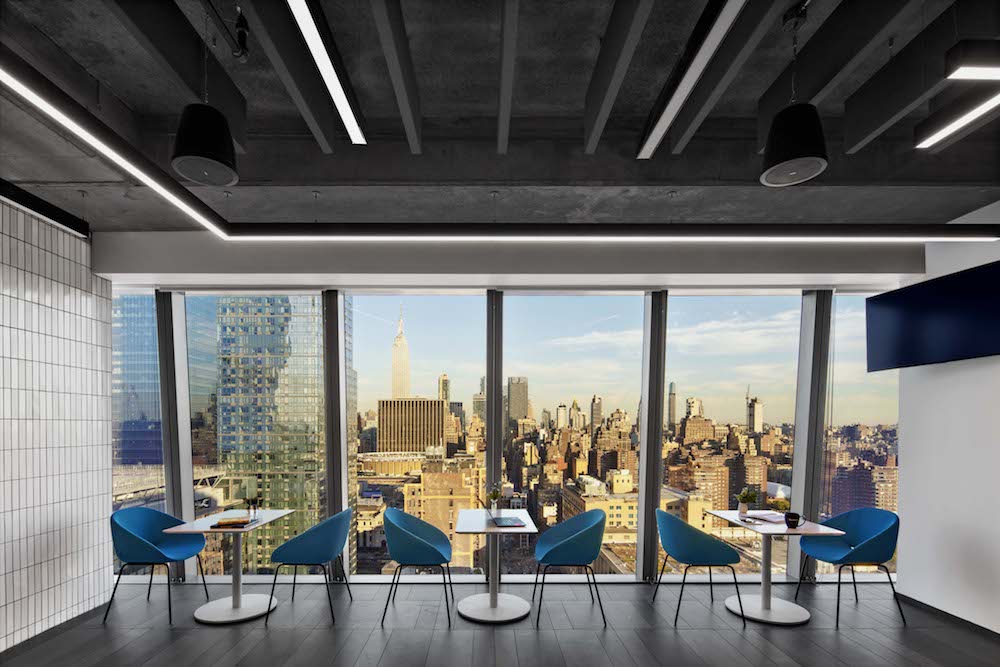
An agile workplace that provides choice, and an elevated level of flexibility, will allow employers to pivot on the kind of spaces they are offering to their workforce and support staff be most effective as we all learn a new way of working together. A level of experimentation – to find out what works, and what doesn’t – will be crucial as companies try to navigate a hybrid work model.
The office creates a sense of belonging
Ultimately, how do you draw staff back into the office when they no longer need to? You’re asking them to wake up earlier, skip their online Barre class and forgo an uncomfortable train journey…to name a few. A large incentive is drawn from the social currency within the walls of the workplace. Staff will be starved of and seeking a sense of belonging after months of isolated workdays on Teams.
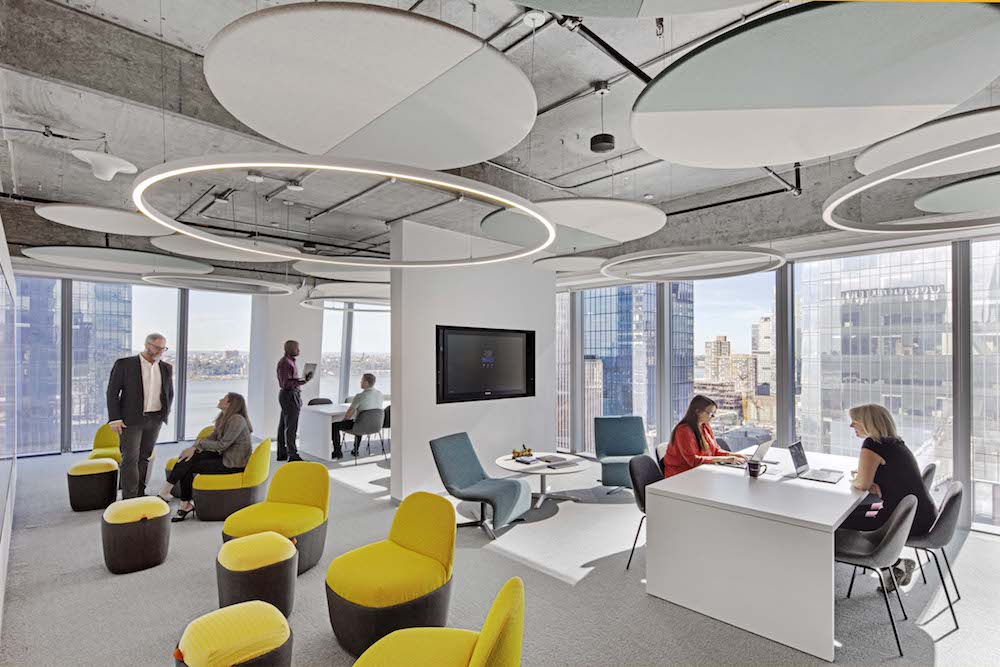
As mentioned, we will certainly see office space reposition their ratio, prioritizing social gathering spaces while a large of amount of heads-down work will be achieved at home. Notably, we could also see wider adoption of the ‘members club model’ – amenity-rich, branded environments that not only foster a sense of community and camaraderie between staff but also provide them with an experience they can access no where else. Before the pandemic, there was already a significant shift towards more thoughtful brand integration in workplace design that goes beyond a neon sign. Post pandemic, we may see the level and scale of this approach amplified across industries.

